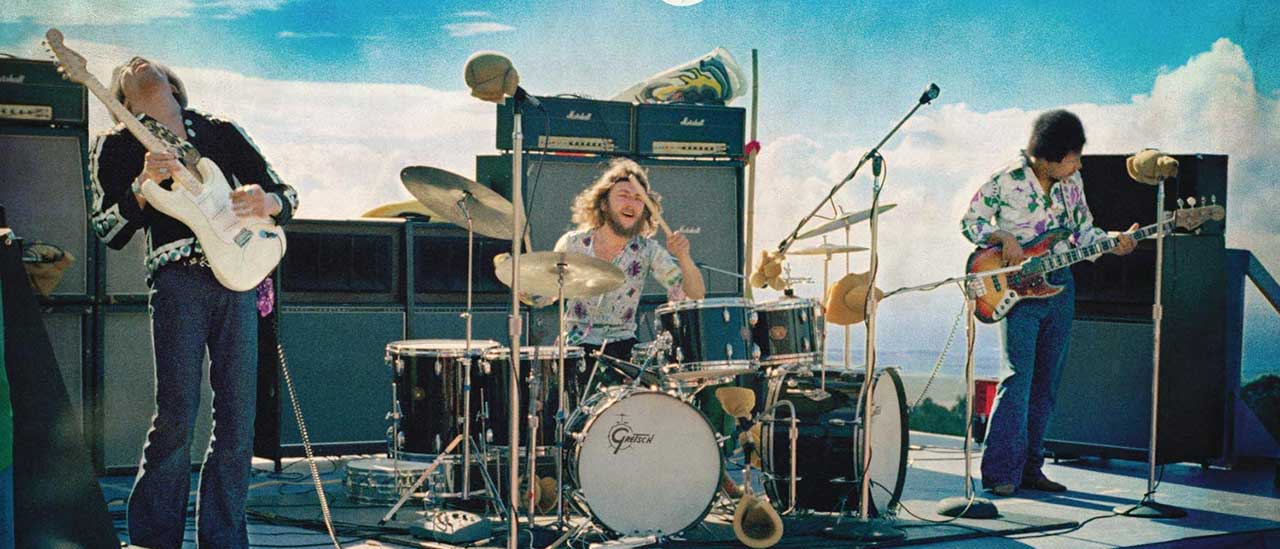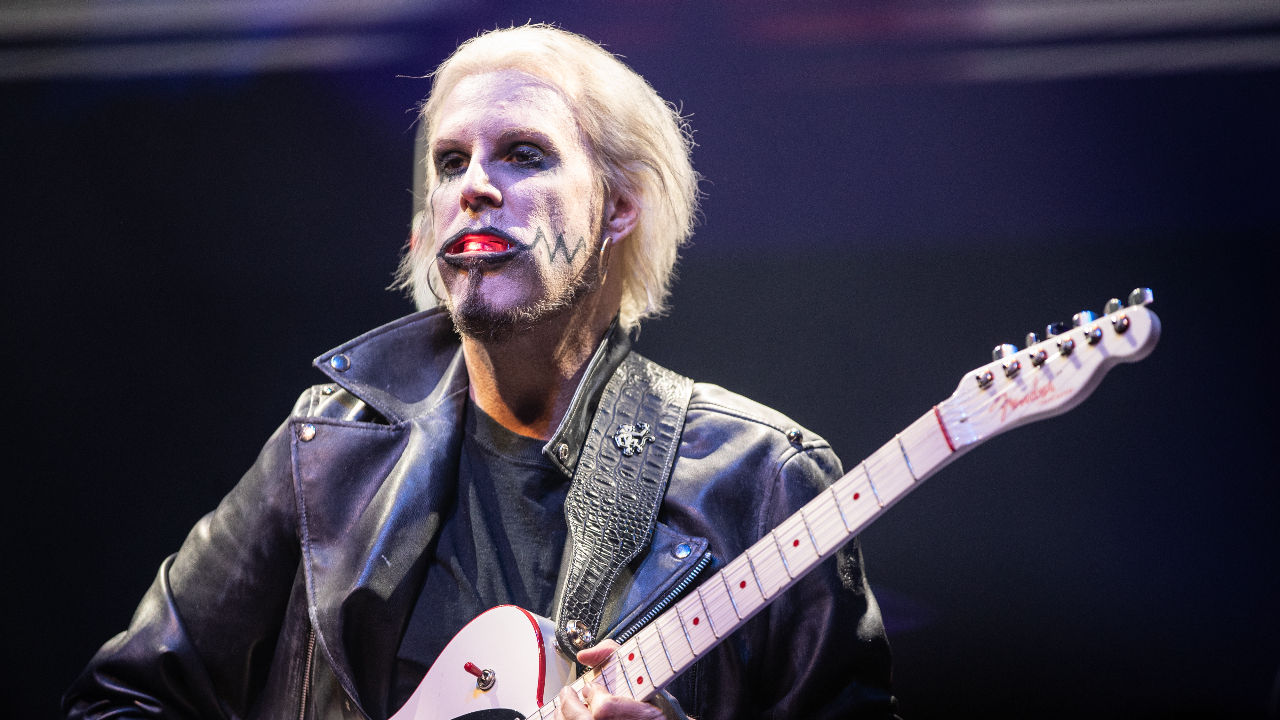You can trust Louder
In late July 1970, Jimi Hendrix was flown (allegedly against his will) to Maui in Hawaii to participate in Rainbow Bridge. The film was notable for the absence of a script, a plot or any actors, although there was enough ‘Maui wowee’ around to ensure that the participants and film crew were permanently and catatonically stoned.
Hendrix’s main contribution was to play a gig… sorry, a “vibratory colour/sound experiment”, on the slopes of the Haleakala volcano. But nobody told the locals, and only around 400 people showed up and were grouped by their star signs.
Worse still, when they listened to the tapes back in New York, Mitch Mitchell’s drums had been blown away by the wind and were unusable. He had to overdub them in the studio (a heroic task) for the 17 minutes used in the film – none of which appeared on the Rainbow Bridge ‘soundtrack’ album.
Not surprisingly, the tapes stayed on the shelf while other shows from the summer of 1970 – Atlanta, Isle of Wight – served the Hendrix live legacy.
Now the latest digital audio technology has enabled them to be brought up to scratch (almost). In some ways the club-sized audience helps Hendrix, who hated large open-air shows, and he’s positively chatty at times on the first set, which includes a feisty In From The Storm and a trebly-sounding Foxy Lady.
The second set is looser and in danger of falling apart at times, before Hendrix wakes up and rips through Stone Free.
Sign up below to get the latest from Classic Rock, plus exclusive special offers, direct to your inbox!
Hugh Fielder has been writing about music for 50 years. Actually 61 if you include the essay he wrote about the Rolling Stones in exchange for taking time off school to see them at the Ipswich Gaumont in 1964. He was news editor of Sounds magazine from 1975 to 1992 and editor of Tower Records Top magazine from 1992 to 2001. Since then he has been freelance. He has interviewed the great, the good and the not so good and written books about some of them. His favourite possession is a piece of columnar basalt he brought back from Iceland.


